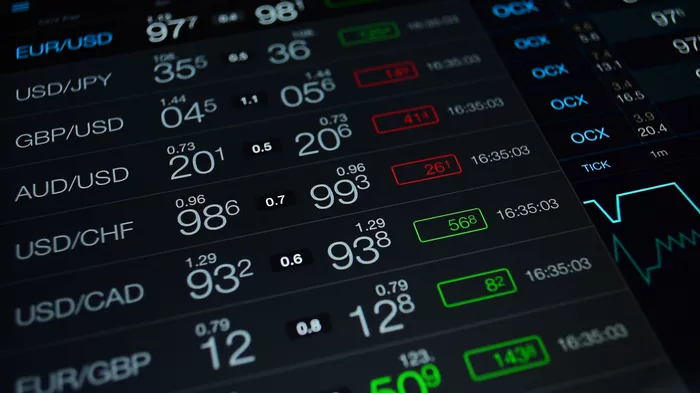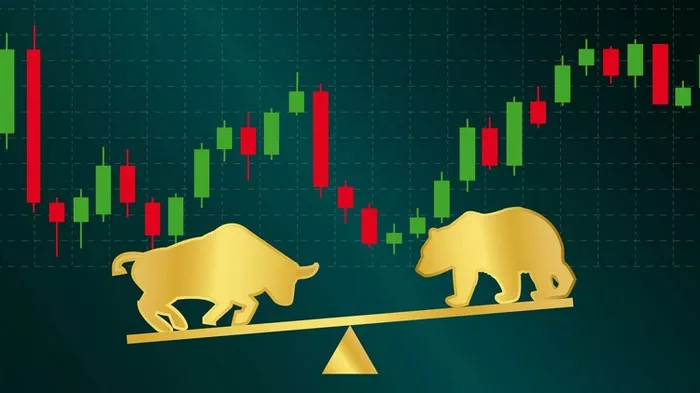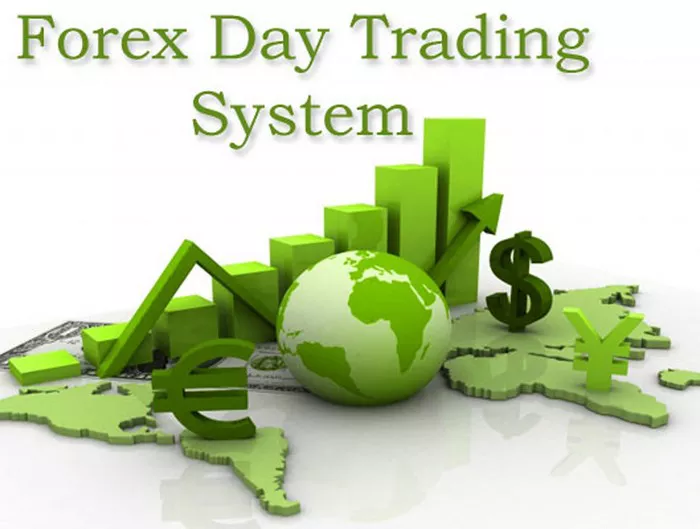In the world of forex trading, understanding various concepts and tools is crucial for success. One such critical concept is forex margin. This article delves into what forex margin is, how it works, and why it is essential for forex traders.
Understanding Forex Margin
Forex margin is a pivotal element in forex trading, enabling traders to open positions larger than their account balance. Margin can be seen as a good-faith deposit required by the broker to maintain open positions in the market.
The Basic Concept of Margin
At its core, margin is the amount of money required to open and maintain a leveraged position. Leverage, closely tied to margin, allows traders to control a large position with a relatively small amount of capital. For example, with a leverage of 100:1, a trader can control $100,000 with just $1,000 in margin.
Margin Requirements
Margin requirements vary depending on the broker, currency pairs, and the size of the position. Typically, major currency pairs have lower margin requirements compared to exotic pairs. Margin requirements are usually expressed as a percentage, indicating the portion of the position’s value that must be deposited. For instance, a 1% margin requirement means a trader must deposit 1% of the total value of the trade.
See Also: 7 Points to Tell You How Many Lots Are in Foreign Exchange
Types of Forex Margin
Different types of margin exist in forex trading, each serving a specific purpose. Understanding these types is crucial for effective risk management and strategy development.
Initial Margin
Initial margin is the amount required to open a new position. It serves as a security deposit to cover potential losses. This margin is set by the broker and can vary based on market conditions and the trader’s leverage ratio.
Maintenance Margin
Maintenance margin is the minimum amount of equity that must be maintained in a trading account to keep positions open. If the account equity falls below this level, a margin call may be triggered, requiring the trader to deposit more funds or close positions to restore the required margin level.
Free Margin
Free margin refers to the amount of equity in a trading account that is available for opening new positions. It is calculated by subtracting the used margin from the account’s total equity. Free margin fluctuates based on the performance of open positions.
Used Margin
Used margin is the portion of the account balance that is set aside to keep existing positions open. It is essentially the total amount of margin currently being used by all open positions.
Calculating Forex Margin
Calculating forex margin involves understanding the relationship between margin, leverage, and position size. Here is a step-by-step guide to calculating margin:
Step 1: Determine the Position Size
The position size is the total value of the trade. For example, if you are trading one standard lot (100,000 units) of EUR/USD, and the exchange rate is 1.1000, the position size is $110,000.
Step 2: Identify the Margin Requirement
Identify the margin requirement for the currency pair. If the broker requires a 1% margin, the margin requirement is 0.01.
Step 3: Calculate the Required Margin
Multiply the position size by the margin requirement to determine the required margin. In this example, $110,000 * 0.01 = $1,100. This means you need $1,100 as margin to open this position.
The Role of Leverage in Forex Margin
Leverage amplifies the buying power of a trader’s capital. It allows traders to control larger positions with a smaller amount of money. However, while leverage can magnify profits, it can also increase losses, making effective risk management crucial.
How Leverage Affects Margin
Leverage and margin are inversely related. Higher leverage reduces the required margin, enabling traders to open larger positions. Conversely, lower leverage increases the required margin. For example, a 100:1 leverage ratio requires 1% margin, while a 50:1 leverage ratio requires 2% margin.
Benefits of Leverage
Leverage provides several benefits, including the ability to maximize returns on investment and the flexibility to diversify trading strategies. It also enables traders with limited capital to participate in the forex market.
Risks of Leverage
While leverage can enhance profitability, it also increases the risk of significant losses. Traders must be cautious and employ sound risk management strategies to avoid margin calls and account liquidation.
Margin Calls and Stop-Out Levels
Margin calls and stop-out levels are mechanisms used by brokers to manage risk and protect their interests.
What is a Margin Call?
A margin call occurs when the account equity falls below the maintenance margin level. The broker requests the trader to deposit additional funds or close positions to meet the required margin. Failure to meet a margin call can result in the broker closing positions to protect the account from further losses.
Stop-Out Level
The stop-out level is the point at which the broker will automatically close open positions if the account equity falls below a specified level. This is done to prevent the account balance from turning negative. The stop-out level varies among brokers but is typically set around 50% of the required margin.
Managing Margin and Risk
Effective margin management is crucial for long-term success in forex trading. Traders must adopt strategies to manage margin and mitigate risk.
Risk Management Strategies
Use Stop-Loss Orders: Placing stop-loss orders helps limit potential losses by automatically closing positions at predetermined levels.
Diversify Positions: Diversifying positions across different currency pairs can reduce exposure to market volatility.
Monitor Margin Levels: Regularly monitoring margin levels ensures that positions are adequately funded and helps avoid margin calls.
Use Appropriate Leverage: Choosing leverage ratios that align with risk tolerance and trading strategy is essential for maintaining account stability.
Regular Account Monitoring
Regularly monitoring account performance and margin levels is critical. Traders should review open positions, account equity, and margin requirements to ensure they are not over-leveraged or at risk of margin calls.
The Impact of Market Volatility on Margin
Market volatility can significantly impact margin requirements and account equity. During periods of high volatility, brokers may increase margin requirements to manage risk.
Increased Margin Requirements
Brokers may increase margin requirements for certain currency pairs during volatile market conditions. This is done to protect both the trader and the broker from excessive losses. Traders should be aware of potential changes in margin requirements and adjust their positions accordingly.
Equity Fluctuations
Market volatility can cause significant fluctuations in account equity. Traders must be prepared for these fluctuations and ensure they have sufficient free margin to maintain open positions.
Regulations and Forex Margin
Regulatory bodies around the world establish rules and guidelines for margin trading to protect traders and maintain market stability.
Regulatory Authorities
Commodity Futures Trading Commission (CFTC): The CFTC regulates margin trading in the United States, setting leverage limits and other requirements to protect traders.
European Securities and Markets Authority (ESMA): ESMA regulates margin trading in the European Union, implementing measures to ensure transparency and reduce risk.
Financial Conduct Authority (FCA): The FCA oversees margin trading in the United Kingdom, establishing rules to protect traders and maintain market integrity.
Regulatory Changes
Regulatory changes can impact margin requirements and trading conditions. Traders should stay informed about regulatory updates and adjust their strategies accordingly.
Conclusion
Forex margin is a fundamental concept that every trader must understand. It enables traders to leverage their capital, control larger positions, and potentially increase profitability. However, it also comes with significant risks that require effective management. By understanding the different types of margin, calculating margin requirements, and implementing sound risk management strategies, traders can navigate the forex market more effectively. Staying informed about market volatility and regulatory changes is also crucial for maintaining account stability and achieving long-term success in forex trading.
Related topics:



























